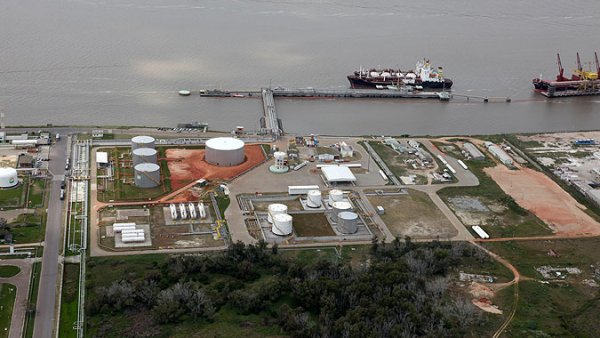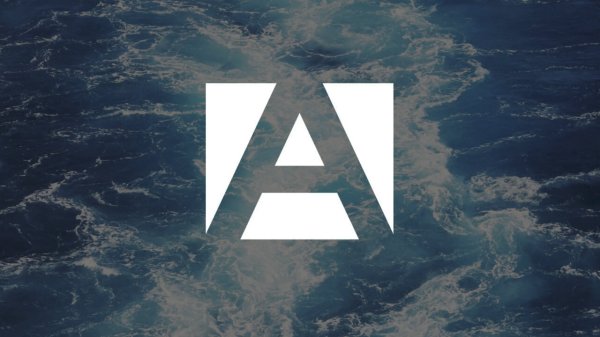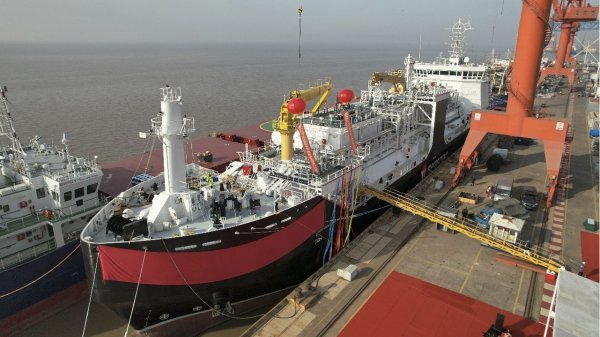EEDI approach not feasible for small ships, says report
Report concludes that basic EEDI calculation methodology requires 'further refinement'.
A report on the Energy Efficiency Design Index (EEDI) has been prepared by Finnish design and engineering consultancy Deltamarin Ltd.
The report, which was commissioned by the European Maritime Safety Agency (EMSA), provides information on tests and trials for several ship types for the evaluation of the applicability of the EEDI (Energy Efficiency Design Index), and provides an insight into the complexity of a vessel’s CO2 efficiency.
Deltamarin’s extensive research into improving the energy efficiency of newbuildings as well as the existing fleets of its customers provided the foundation of the company's analysis.
The report shows through examples that EEDI would mainly lead to power limitations for new ships. This, in turn, would lead to standardizing design speeds at a certain level depending on ship type and size.
Regarding the applicability of the EEDI, the report concludes that the current approach could be feasible with certain reservations for large ocean-going cargo ships which have uniform design criteria, i.e. large tankers, bulk carriers, containerships, LNG carriers, LPG carriers, RoRo vehicle carriers and the largest general cargo ships. These ship types account for the majority of CO2 emissions from shipping.
However, the report concluded that the current EEDI approach was not feasible for small vessels, passenger, RoPax and RoRo ships and short sea shipping in general or ships designed for a certain route or with a specific transportation task in mind. "For these ship types the basic calculation methodology still requires further refinement," Deltamarin said.
The report has been distributed to all EU flag authorities and the relevant industry organisations, such as shipyard and ship owner associations within the EU.
A summary of the conclusions has been sent to IMO MEPC 60 (Marine Environment Protection Committee 60th session) by the EU commission and 19 EU member states.
The entire ‘EEDI test and trials for EMSA’ report can be downloaded at the following address on the EMSA website:
http://www.emsa.europa.eu/end185d012d003.html
The report, which was commissioned by the European Maritime Safety Agency (EMSA), provides information on tests and trials for several ship types for the evaluation of the applicability of the EEDI (Energy Efficiency Design Index), and provides an insight into the complexity of a vessel’s CO2 efficiency.
Deltamarin’s extensive research into improving the energy efficiency of newbuildings as well as the existing fleets of its customers provided the foundation of the company's analysis.
The report shows through examples that EEDI would mainly lead to power limitations for new ships. This, in turn, would lead to standardizing design speeds at a certain level depending on ship type and size.
Regarding the applicability of the EEDI, the report concludes that the current approach could be feasible with certain reservations for large ocean-going cargo ships which have uniform design criteria, i.e. large tankers, bulk carriers, containerships, LNG carriers, LPG carriers, RoRo vehicle carriers and the largest general cargo ships. These ship types account for the majority of CO2 emissions from shipping.
However, the report concluded that the current EEDI approach was not feasible for small vessels, passenger, RoPax and RoRo ships and short sea shipping in general or ships designed for a certain route or with a specific transportation task in mind. "For these ship types the basic calculation methodology still requires further refinement," Deltamarin said.
The report has been distributed to all EU flag authorities and the relevant industry organisations, such as shipyard and ship owner associations within the EU.
A summary of the conclusions has been sent to IMO MEPC 60 (Marine Environment Protection Committee 60th session) by the EU commission and 19 EU member states.
The entire ‘EEDI test and trials for EMSA’ report can be downloaded at the following address on the EMSA website:
http://www.emsa.europa.eu/end185d012d003.html

|
IMO approves pricing mechanism based on GHG intensity thresholds
Charges to be levied on ships that do not meet yearly GHG fuel intensity reduction targets. |
|
|
|
||

|
VARO Energy expands renewable portfolio with Preem acquisition
All-cash transaction expected to complete in the latter half of 2025. |
|
|
|
||

|
NYK trials biofuel in milestone coal carrier test
Vessel is used to test biofuel for domestic utility company. |
|
|
|
||

|
H-Line Shipping orders LNG bunkering vessel
Vessel with 18,000-cbm capacity to run on both LNG and MDO. |
|
|
|
||

|
How to engineer and manage green shipping fuels | Stanley George, VPS
Effective management strategies and insights for evolving fuel use. |
|
|
|
||

|
Swedish government bans scrubber wastewater discharges
Discharges from open-loop scrubbers to be prohibited in Swedish waters from July 2025. |
|
|
|
||

|
MAN Energy Solutions achieves 100% load milestone for ammonia engine
Latest tests validate fuel injection system throughout the entire load curve. |
|
|
|
||

|
Petrobras secures ISCC EU RED certification for B24 biofuel blend at Rio Grande
Blend consisting of 24% FAME is said to have been rigorously tested to meet international standards. |
|
|
|
||

|
Stolt-Nielsen to fully control Avenir LNG with acquisition
Share purchase agreement to buy all shares from Golar LNG and Aequitas. |
|
|
|
||

|
Bureau Veritas supports launch of CIMC SOE's LNG bunkering vessel
Handover of Seaspan Energy's cutting-edge 7,600-cbm vessel completed. |
|
|
|
||
Related Links
- · EEDI discussed at Ship Efficiency Conference [Insights]
- · BIMCO supports EEDI and ICF [Insights]
- · Finland [Directory]

